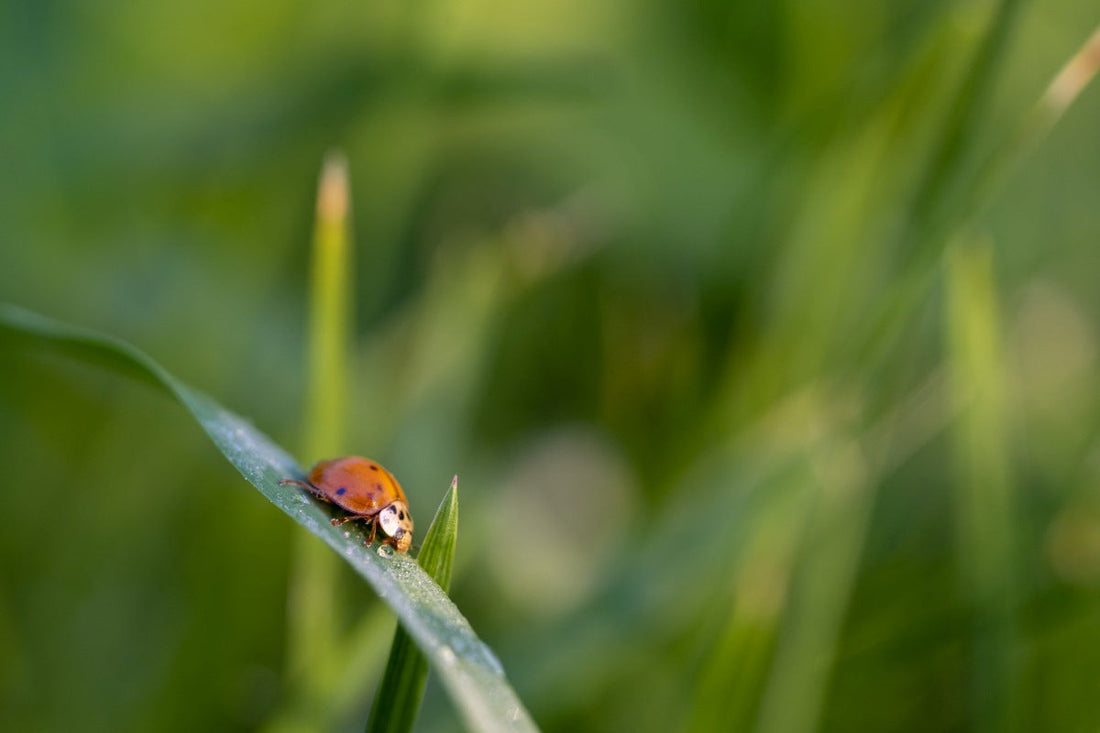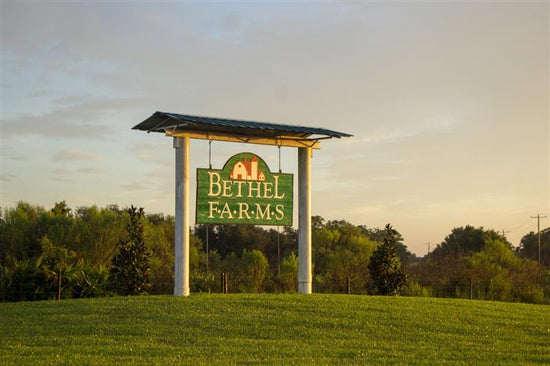
A Bug's Life: Top Beneficial Insects for Your Lawn
Jamie TedderDiscovering insects darting across your lawn might tempt you to quickly grab a spray bottle or a bug-catching net. While it’s natural to want a pristine lawn free from intruders, not all insects are enemies of your grass. Some tiny visitors contribute to keeping your lawn healthy and thriving.
We often focus on the not-so-welcome lawn pests—armyworms, chinch bugs, and aphids—that can wreak havoc on turfgrass. However, there’s another side to this story. Beneficial insects, such as ladybugs, green lacewings, and praying mantises, can protect and even improve your lawn. These helpful critters are nature’s pest control, pollinators, and soil enhancers.
Why Beneficial Insects Matter
It may seem counterintuitive to welcome bugs into your lawn. However, many insects are unsung heroes that contribute to a balanced ecosystem. Here’s how they help:
-
Pest Management: Predatory insects naturally reduce populations of harmful pests like aphids, armyworms, and grubs, minimizing damage to grass and plants. Their presence acts as a first line of defense, keeping pest populations in check before they become a significant problem.
-
Reduced Use of Chemicals: Fewer pests mean less reliance on chemical pesticides, which benefits the environment and reduces potential risks to humans and pets. This also helps maintain a healthier soil structure by avoiding chemical disruptions.
-
Improved Pollination: Pollinators transfer pollen between flowers, supporting reproduction and encouraging blooms in surrounding plants.
-
Soil Improvement: Decomposers break down organic matter, enriching the soil with nutrients essential for strong turf growth. This natural recycling process creates a fertile foundation for healthier grass and plants.
Focusing on attracting these beneficial insects can help foster a healthier and more diverse outdoor environment.

Top Beneficial Lawn Insects
To build a thriving lawn ecosystem, it’s essential to recognize and encourage the presence of certain helpful insects. Here are some of the top beneficial insects for lawns.
Ladybugs
Ladybugs are voracious eaters of aphids and other soft-bodied pests that threaten your lawn. One ladybug can consume up to 5,000 aphids throughout its lifetime. If left unchecked, aphids can stunt grass growth and cause yellowing leaves. Ladybugs keep these pests under control, allowing your lawn to thrive.
Praying Mantises
Praying mantises are apex predators in the insect world. Their imposing appearance belies their usefulness—they feed on a wide array of pests, from caterpillars to flies. Adding praying mantises to your lawn creates a natural defense system that keeps harmful pests in check.
Green Lacewings
Also called “aphid lions,” green lacewing larvae are effective pest hunters, preying on aphids, thrips, and spider mites. These tiny warriors help significantly reduce pest populations in lawns and gardens.
Ground Beetles
Ground beetles are a lawn’s secret weapon against grubs, cutworms, and armyworms—common culprits behind dead patches of grass. These beetles patrol your yard at night so pests don’t go unchecked.
Several other insects provide benefits to your lawn. Hoverflies, for example, may look like bees, but they are harmless to humans while being deadly to pests. A single hoverfly maggot can consume up to 400 aphids before maturing. Assassin bugs also play a key role, feeding on caterpillars, spider mites, and thrips to keep pest populations in balance.
Though they can make some uneasiness, spiders are natural predators of flies, mosquitoes, moths, and beetles. Similarly, bees go beyond their reputation as pollinators by promoting healthy plant reproduction, making them invaluable to your lawn ecosystem. By encouraging these insects to thrive, you’re fostering a lawn that benefits from natural pest control and improved plant growth.
How to Attract Good Bugs to Your Lawn
Attracting and keeping beneficial insects on your lawn requires creating an environment that meets their needs. Here are actionable tips to encourage them to settle and thrive:
Plant Native Flowers: Native flowering plants provide nectar and pollen, essential food sources for many beneficial insects. Include a mix of annuals and perennials to attract a diverse range of insects.
Release Bugs Thoughtfully: When introducing insects like ladybugs, release them in a humid, shaded area of your lawn at dusk to help them settle in.
Provide Shelter: Shrubs, ground cover plants, and even decomposing plant material offer insects places to hide, rest, and lay eggs.
Limit Chemical Use: Avoid broad-spectrum pesticides that kill both harmful and beneficial insects. Use targeted treatments only when necessary, often during severe infestations.

Healthy Grass Supports Beneficial Insects
A thick, healthy lawn looks great and provides an excellent environment for beneficial insects. Dense grass offers shelter and hunting grounds for predatory insects while reducing the space available for harmful pests.
If your lawn is thin, patchy, or struggling, installing new sod can transform it into an insect-friendly and resilient habitat. Bethel Farms, a trusted sod farm in Central Florida, offers premium-quality grass for sale, perfect for installation in pallets or smaller repairs using grass plugs. With healthy sod in place, your lawn can become a thriving ecosystem that supports beneficial insects and resists pest infestations.
Conclusion
Embracing beneficial insects is a simple yet effective way to maintain a healthy lawn. These tiny helpers provide natural pest control, support pollination, and improve soil health, all while reducing the need for chemical treatments. By creating an environment that attracts and supports beneficial insects, you can enjoy a vibrant lawn that benefits the ecosystem and requires less maintenance.
For top-quality sod to kickstart your lawn transformation, trust Bethel Farms to deliver the best grass varieties for your Florida landscape. Visit our website to learn more.

